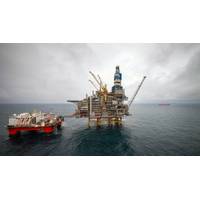
Shearwater to Monitor Production at Equinor’s Two Oil and Gas Fields
production from the Mariner field in 2019 as its first operated development in the UK North Sea. The field is expected to produce oil for the next 30 years.The Mariner field is located on the East Shetland Platform in UK Block 9/11a in the northern North Sea approximately 150 kilometers east of the Shetland Islands.Equinor is the operator of Mariner with 65.11% equity. The partners are JX Nippon (20%), Siccar Point (8.89%) and ONE-Dyas (6%).Located about 175 kilometers off the coast of Mid-Norway in some 350 meters of water, the Heidrun field development concept includes the world’s largest floating
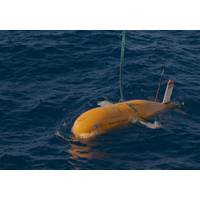
NOC's Boaty McBoatface Monitors Marine Environment at North Sea Oil Fields
The UK-based National Oceanography Centre (NOC) has started conducting research with the robot submarine ‘Boaty McBoatface’ on end-of-life oil fields off the coast of the Shetland Islands to help monitor and protect the marine environment in the North Sea and to support industry transition towards its net-zero targets. The underwater robot will be exploring several oil and gas structures, including NW Hutton and Miller, as well as the Braemar Pockmarks Marine Protected Area, and, according to NOC, revolutionizing the way in which marine surveys are undertaken.The Autonomous Techniques
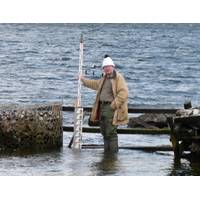
Obituary: Dr. David Thomas Pugh (1943-2022)
of temporary deployments of compact and relatively inexpensive tide gauges. In fact, David became an expert in the use of such instruments. Papers were published by David and colleagues on seiches at Indian Ocean islands and Sri Lanka. A recent example of such work dates from 2020 and concerned the Shetland Islands where seiches are endemic to every inlet. Many have periods around half-an-hour which led David to propose a theory (still to be properly worked up) that coastline and bathymetry evolution lead naturally to such a timescale. Compact tide gauges were also used by David and Isabel Araújo
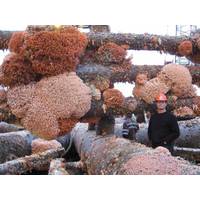
Decommissioning: Corals on Oil Platforms Could Kick-start the Deep-sea Ecosystem
they combine to form tiny larvae. These larvae may live for up to six months and disperse over huge distances in ocean currents. In fact, it’s likely the corals on the North Sea platforms settled as larvae spawned from deep-sea coral reefs along the Atlantic margins west of Scotland and the Shetland Islands. At the University of Edinburgh, we’ve used computer models to simulate where the larvae spawned from North Sea platforms might go and discovered some are likely to feed into coral conservation areas off Norway.After a Lophelia larva settles, it transforms into a tiny polyp that then extends
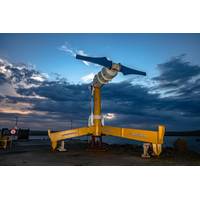
Nova Innovation to Develop 15MW Tidal Array at Yell Sound, Shetland
;s homes, businesses and grid," Nova said.Simon Forrest, CEO of Nova Innovation, said: “Having been at the centre of the oil and gas industry for 50 years, Shetland is now at the forefront of the green energy revolution, and we are excited to play our part in decarbonising the Shetland Islands. Building on Shetland’s success with the world’s first offshore tidal array in Bluemull Sound, we are delighted to be working with local partners to deliver another world-leading project.”"Nova said it has been using has a strong track record and has delivered positive
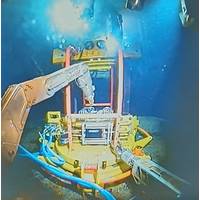
'Attic' Oil Removed from Shell Bravo Concrete Storage Cell
be compact and lighter, enabling it to be easily installed and operated using work class ROVs and operate within a broad weather window.This is the fourth such campaign the company has undertaken for Shell to support its ongoing decommissioning program in the Brent field, located north-east of the Shetland Islands.Enpro Subsea engineering director Neil Rogerson said: “The system is well proven, and Shell has previously deployed our F-Decom technology on both their Brent Bravo and Brent Delta platforms. For the 2020 Bravo project, our collaboration with DeepOcean has allowed us to optimize this same
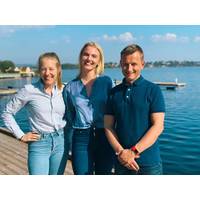
Veracity by DNV GL Partners with Arctic Whale Project
and other documentation on Veracity’s open platform,” says co-founder of Arctic Whale and captain onboard the Barba vessel, marine biologist Andreas B. Heide.The forthcoming Arctic Whale expedition will take place between May and July 2019. The vessel will sail from Stavanger Norway to Shetland Islands, Faroe Islands and Iceland.An important part of the Arctic Whale team is an internationally acclaimed team of wildlife and underwater photographers and videographers that will document the research and the journey. This will also be shared on DNV GL’s Veracity platform.“We want to
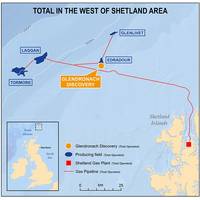
Total Makes Major Offshore UK Gas Discovery
French oil and energy group Total said on Monday it had made a major gas discovery on the Glendronach prospect, located off the coast of the Shetland islands in the North Sea.Total said preliminary tests on the new gas discovery confirmed good reservoir quality, permeability and well production deliverability, with recoverable resources estimated at about one trillion cubic feet (1 tcf).It said Glendronach, located near its Edradour field, will be tied back to the existing infrastructure and developed quickly and at low cost.Total said the discovery will extend the life of the West of Shetland infrastru
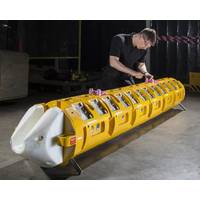
Subsea Infrastructure: Challenges & Solutions
equipment in place. The demands this places on existing technology and design methodology – and the resulting solutions – is illustrated in the development of a TAPB piggyback clamp system designed to allow the development of the pioneering Laggan Tormore project off the Shetland Islands by Subsea 7. During the installation and operation of pipelines a secondary line is sometimes introduced, attached to the main pipeline using a piggyback system, to provide adequate support. The Laggan Tormore project required the simultaneous installation and long term subsea



 February 2024
February 2024





